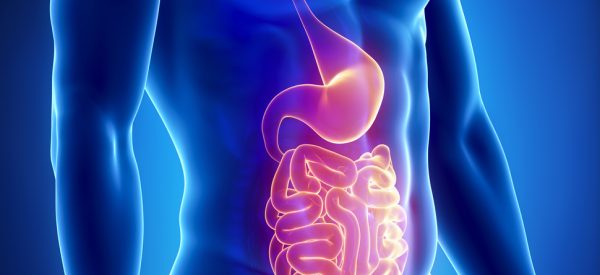
Creating a stage that favors viral infection
The researchers discovered that bile acids and ceramide in bile were necessary for viral infection.
“Interestingly, we also discovered that bile acids stimulated the process of endocytosis in mini-guts. Our findings led us to propose that as bile acids activate endocytosis, they create a stage that norovirus takes advantage of by riding along with it to enter the cells and subsequently replicate, causing disease,” said corresponding author, Dr. Mary K. Estes, Cullen Foundation Endowed Professor Chair of Human and Molecular Virology at Baylor College of Medicine and emeritus founding director of the Texas Medical Center Digestive Diseases Center. “Bile acid-induced endocytosis in the small intestine was not previously appreciated.”
“This strategy works well for a food-borne virus,” said co-first author Dr. Kosuke Murakami, who was working in the Estes lab during most of this project. He is currently at the National Institute of Infectious Diseases in Tokyo. “As people ingest food, the body’s normal response is to secrete bile into the small intestine. Noroviruses contaminating food piggyback on this natural bodily response to invade cells in the small intestine, replicate and cause disease.”
Working with mini-guts not only showed new insights into how norovirus causes disease, but also illuminated details about the basic biological process of endocytosis in the small intestine that had not been reported before.
“Our findings suggest the possibility that modulating the amount of bile acids and/or ceramide could help reduce norovirus infection,” Tenge said.
“This strategy might be particularly helpful to people who have norovirus infections for months, even years,” Karandikar said.
Other contributors to this work include Shih-Ching Lin, Sasirekha Ramani, Khalil Ettayebi, Sue E. Crawford, Xi-Lei Zeng, Frederick H. Neill, B. Vijayalakshmi Ayyar, Kazuhiko Katayama, David Y. Graham, Erhard Bieberich and Robert L. Atmar. The authors are affiliated with one or more of the following institutions: Baylor College of Medicine; National Institute of Infectious Diseases, Japan; Kitasato University, Japan; Michael E. DeBakey VA Medical Center and University of Kentucky.
This research was supported in part by NIH grant P01 AI57788, the Texas Medical Center Digestive Diseases Center supported by PHS grants P01AI 057788 and P30 DK 56338 from the National Institute of Health, by Agriculture and Food Research Initiative Competitive Grant no. 2011-68003-30395 from the US Department of Agriculture and National Institute of Food and Agriculture. Additional support was provided by AMED Grants JP18fk0108034 and JP19fk0108102 and JSPS KAKENHI, Grant Number JP18K07153 and NIH grants R01AG034389 and R01NS095215 and NSF grant 1615874. This project also was supported by Advanced Technology Core Laboratories (Baylor College of Medicine), specifically the Integrated Microscopy Core with funding from CPRIT (RP150578, RP170719), the Genomic and RNA Profiling Core with funding from NIH S10 grant (1S10OD023469), the Protein and Monoclonal Antibody Production Core, the Flow Cytometry Core at Baylor College of Medicine with funding from NIH (CA125123, the Dan L Duncan Comprehensive Cancer Center and BCM Office of Research.